
Gyokuro Zen
Tax included
Shipping calculated at checkout
In stock
Pickup currently unavailable
Sakamoto “Zen” Gyokuro — handpicked, organic • Shibushi, Kagoshima
“Zen” Sakamoto-san’s iconic gyokuro: a hand-picked, organically grown spring batch that owes its silky body and deep umami to long, gradual shading. In the cup, it reveals a sweet algae-mineral line, a clean sweetness, and a long, cool finish.
Origin & cultivar
- Region: Shibushi, Kagoshima (southern tip of Kyūshū)
- Created by: Sakamoto Tea Garden — a pioneer in organic gyokuro, with decades of shading know-how
- Cultivar: Seimei or Kirari 31 is selected for the “Zen” item (sweet, umami profile or fresh, balanced aroma)
- Shading: more than 20 days, with staggered shading, for soft sweetness and high amino acid content
Flavor profile
- Scent: nori and sea breeze, white almonds, fresh spinach
- Taste: dense, silky umami; sweet-green with faint nutty tones, minimal bitterness
- Finish: long, clean, cool, sweet echo
Recommended preparation
Gyokuro (classic, low temperature)
- 5 g tea / 60–80 ml water
- 50–60°C
- 1st pour: 2 minutes • 2nd: 30 seconds • 3rd: 60–90 seconds
Kyusu, “softened” method (with a little more water)
- 5g / 120ml
- 60–65 °C, 90 sec • 2nd: 20–30 sec • 3rd: 60 sec
Mizudashi / shinobi-cha (with ice or cold water)
- 8–10 g / 200 ml very soft water
- Refrigerate for 1–2 hours (or slowly thaw on clean ice)
- Result: a dense, sweetly umami cup with zero bitterness
Pairing & occasion
- Japanese sweet/savory snacks, soft fresh cheeses, white chocolate
- For ritual, slow tea drinking — when you seek silence in your cup
Note: The cultivar of 'Zen' may vary from year to year (Seimei or Kirari 31). The water should be soft and cool; too much heat will lose its silkiness.
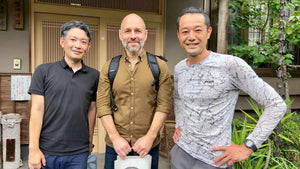
Personal contact
Our teas don't come from wholesale warehouses or unknown sources. We travel to the small producers we source from – whether it's a Japanese family tea garden, a Chinese mountain village or an oolong maker in Taiwan.
Stories
We meet them in person, learn their story, see how they care for their plants, and how they process the fresh leaves.
These experiences are the soul of our teas. This way, not only is the quality guaranteed, but also the fact that behind each cup there is a real person, a real story.
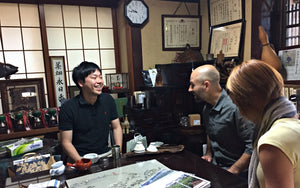

Direct
This direct relationship is valuable to us. Not only because of the excellent tea, but because we believe that trust, respect and personal presence are what make the tea drinking experience truly special.
Teavolution Tea Blog
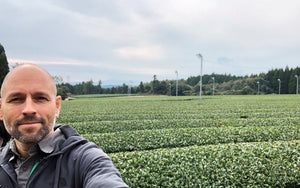
Oct 2, 2025
Sencha tea
Read more

Sep 21, 2025
Matcha hiány Japánban
Read more
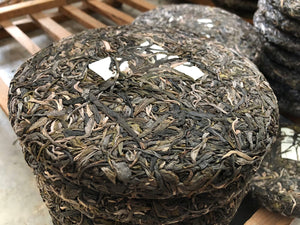
Mar 18, 2025
Puer tea, puerh or pu-erh
Read more
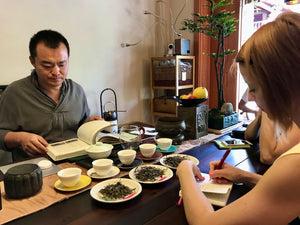
Mar 18, 2025
Types of tea
Read more
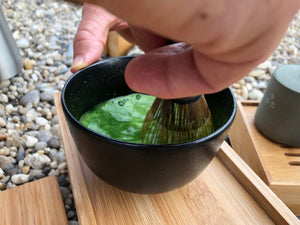
Mar 18, 2025
What is matcha tea?
Read more

Mar 18, 2025
Oolong tea (Wulong tea)
Read more






